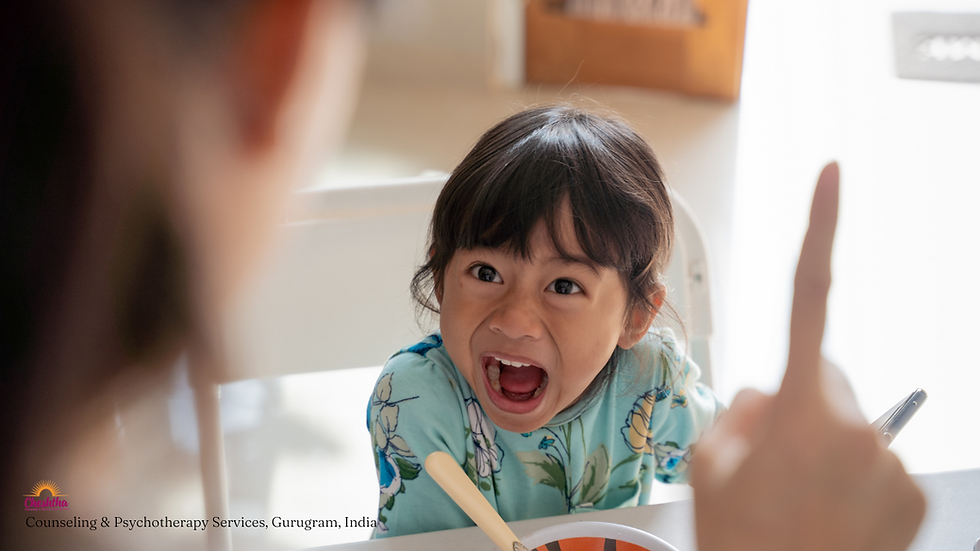When My Child Says “I Don’t Want to Talk” — and I Don’t Know What to Do
- naumitarishi
- Aug 3
- 2 min read
Updated: Aug 12
Understanding Child Sadness and How to Support Silent Emotions
The Quiet Withdrawal

He came home, dropped his bag, and curled up on the couch without a word. No complaints, no tantrum — just silence. I asked how his day was. He shrugged. I sat next to him, unsure if I should give space or pull closer. We think sadness is supposed to cry. But sometimes, it just goes quiet.
What Sadness Looks Like in Children Sadness doesn’t always show up in tears. Often, it hides behind:
Low energy or disinterest in things they love
Withdrawal or quietness
Irritability or moodiness
Sudden clinginess or avoidance
Sadness is how children process disappointment, loss, or feeling left out — but they don’t always have the words.
The Parenting Dilemma: Wanting to Fix It
We want to fix things. We want our kids to smile again. But sadness is a feeling, not a problem.
What helps most:
Sitting with them without rushing their emotion
Letting them feel what they feel, safely
Gently asking open questions without expecting answers
When I Tried to Cheer Him Up Too Soon
I remember once saying, “But look at all the good things!” and his face crumpled even more. That day I learned —
“Cheering up” can sometimes feel like “Your sadness isn’t allowed.”
Now, I say: “It’s okay to feel this. I’m here when you’re ready to talk.” That one line has changed everything.
How the Feelikg Decoder Workbook Helps Kids Process Sadness
In the Feeling Decoder workbook, there’s a full mission that helps kids:
Name what sadness feels like inside
Identify thoughts that come with sadness
Explore gentle ways to feel and move through it
Kids don’t just “get over” sadness. They learn how to move with it. And that’s a skill most adults wish they had.
If Your Child Has Ever Gone Quiet…
And you weren’t sure what to do — this workbook might be your guide. Not to rush their healing, but to walk alongside it.





Comments